Growing Aging Population
The Interactive Patient Care System Market is significantly impacted by the growing aging population, which presents unique healthcare challenges. As individuals age, they often experience multiple chronic conditions that require ongoing management and care. The World Health Organization projects that the number of people aged 60 years and older will double by 2050, reaching approximately 2 billion. This demographic shift is driving the demand for interactive patient care systems that can provide tailored solutions for elderly patients. These systems facilitate remote monitoring, medication management, and communication with healthcare providers, thereby enhancing the quality of care for older adults. As the aging population continues to expand, the Interactive Patient Care System Market is likely to evolve to meet the specific needs of this demographic.
Technological Advancements
The Interactive Patient Care System Market is experiencing a surge in technological advancements that enhance patient engagement and streamline healthcare delivery. Innovations such as artificial intelligence, machine learning, and mobile applications are being integrated into patient care systems, allowing for personalized treatment plans and real-time health monitoring. According to recent data, the market is projected to grow at a compound annual growth rate of approximately 15% over the next five years. This growth is driven by the increasing demand for efficient healthcare solutions that improve patient outcomes and reduce operational costs for healthcare providers. As technology continues to evolve, the Interactive Patient Care System Market is likely to witness further enhancements that will redefine patient care.
Regulatory Support and Funding
The Interactive Patient Care System Market benefits from increasing regulatory support and funding initiatives aimed at enhancing healthcare technology. Governments and health organizations are recognizing the potential of interactive patient care systems to improve healthcare delivery and patient outcomes. For instance, various funding programs are being established to support the development and implementation of innovative healthcare technologies. This financial backing is crucial for startups and established companies alike, as it enables them to invest in research and development. Furthermore, regulatory bodies are creating frameworks that encourage the adoption of interactive patient care systems, ensuring they meet safety and efficacy standards. This supportive environment is likely to propel the growth of the Interactive Patient Care System Market in the coming years.
Focus on Patient-Centric Models
The Interactive Patient Care System Market is increasingly shifting towards patient-centric care models. This approach emphasizes the importance of involving patients in their own healthcare decisions, thereby improving engagement and satisfaction. Research indicates that patient-centered care can lead to better health outcomes and reduced hospital readmissions. As healthcare systems adopt these models, interactive patient care systems are being designed to facilitate communication between patients and providers, allowing for shared decision-making. This trend is expected to drive the market forward, as healthcare organizations recognize the value of fostering strong patient-provider relationships. The emphasis on patient-centricity is likely to reshape the Interactive Patient Care System Market, making it more responsive to individual patient needs.
Rising Demand for Telehealth Services
The Interactive Patient Care System Market is significantly influenced by the rising demand for telehealth services. As healthcare providers seek to expand their reach and improve access to care, telehealth solutions have become essential. The market for telehealth is expected to reach USD 250 billion by 2026, indicating a robust growth trajectory. This demand is fueled by the need for convenient healthcare access, especially for patients in remote areas. Interactive patient care systems that incorporate telehealth functionalities enable healthcare professionals to monitor patients remotely, provide consultations, and manage chronic conditions effectively. Consequently, the integration of telehealth into the Interactive Patient Care System Market is likely to enhance patient satisfaction and adherence to treatment plans.


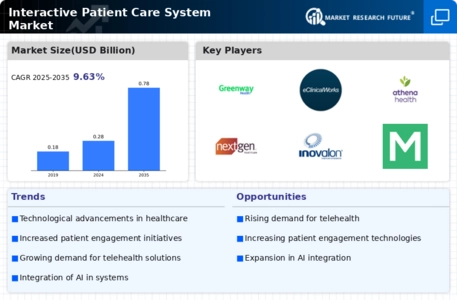
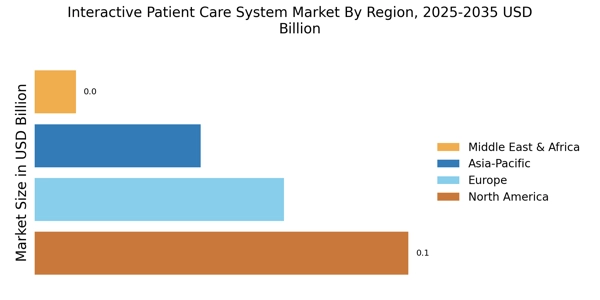


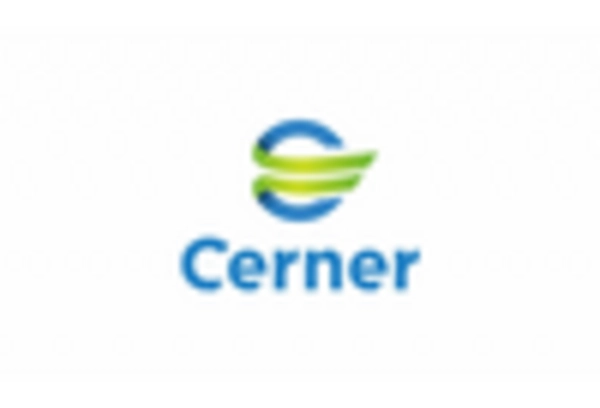
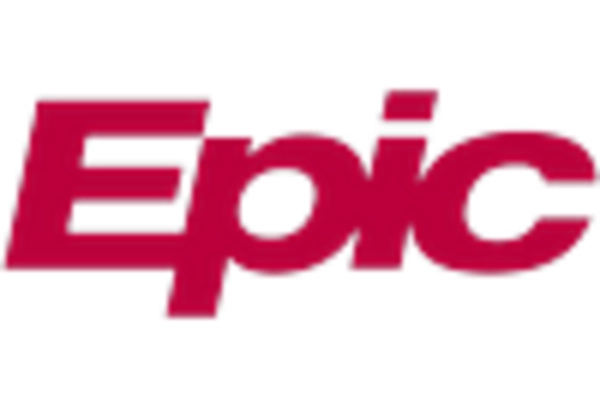
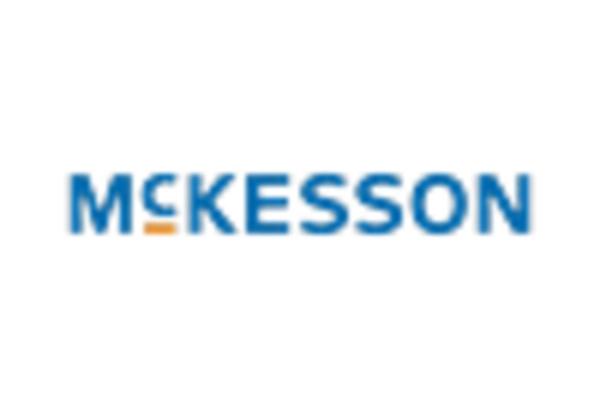









Leave a Comment